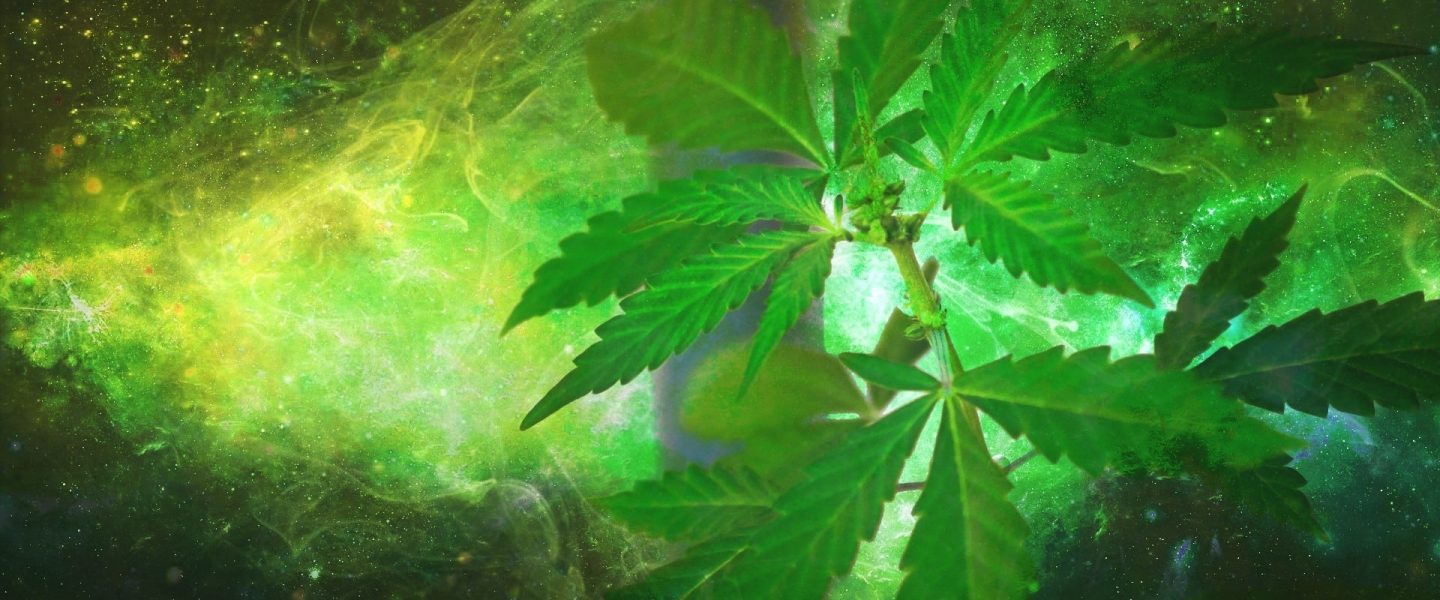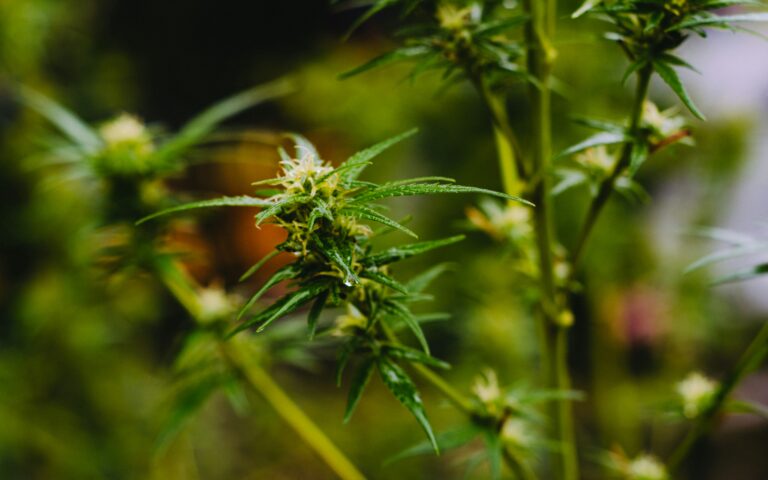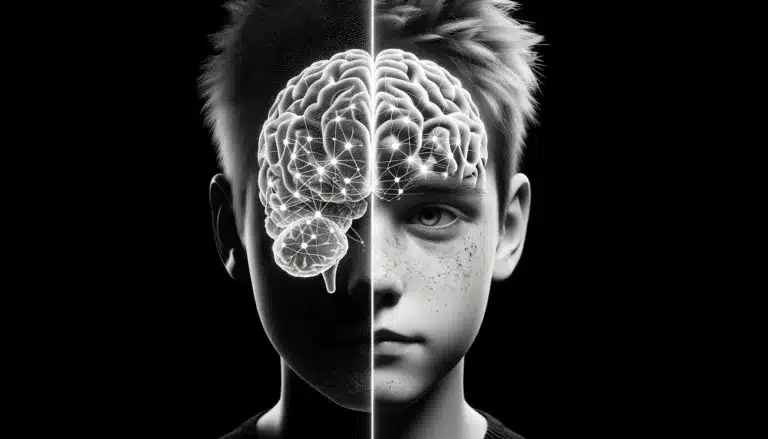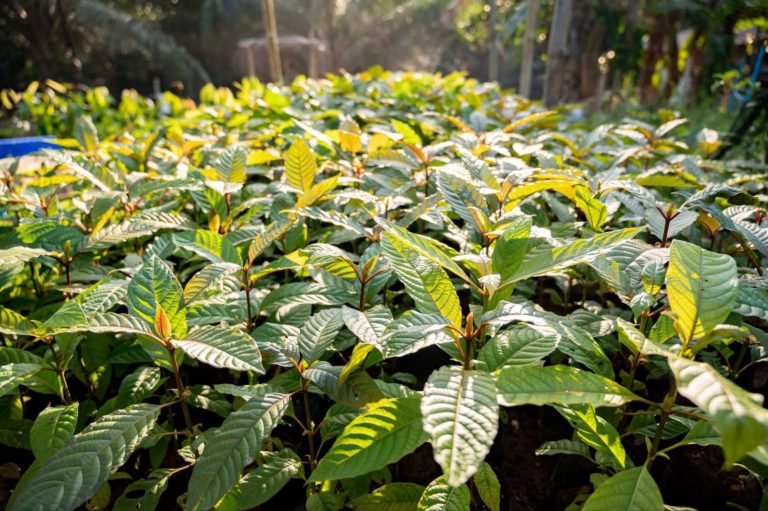Dosing the perfect amount of THC can be a trying process. How do you get the perfect buzz to manage your knee pain? How do you find the best high for a post-work unwind? Like with any medicine, there are variables that affect the treatment’s results – the user’s tolerance level, the method of consumption, even what foods have been consumed lately! And that doesn’t begin to cover the many variables of the bud itself: strain being used, effects of the strain, intended treatment with the flower.
While there are a lot of changing intricacies when pinpointing THC’s effects on the body, there are a few aspects that remain consistent.
What is THC?
Tetrahydrocannabinol (THC) is one of the many cannabinoids found in cannabis, and it is the central psychoactive compound in the plant. In other words, THC is the part of weed that gets you high.
However, in order to fulfill that destiny, THC must enter the user’s body and interact with the endocannabinoid system.
What is the Endocannabinoid System?
The endocannabinoid system (ECS) is an intricate biological system of endocannabinoids, cell receptors and enzymes that helps regulate the body’s internal processes and maintain homeostasis. Research has found links between the endocannabinoid system and several areas that cannabis often affects:
- Chronic Pain
- Stress
- Mood
- Inflammation
- Skin and Nerve Sensitivity
- Sleep
- Appetite
Though researchers are still learning and trying to grasp the full effects and functions of the ECS, the basics of the system are agreed upon.
How does the Endocannabinoid System work?
Whether or not you’re an active cannabis user, the endocannabinoid system is existing and acting inside of you. Neurotransmitters called endocannabinoids are produced by your body as needed, and they’re very similar to the cannabinoids found in cannabis, like THC and CBD. Their central role is binding to endocannabinoid receptors found throughout your body. When this binding occurs, a signal is sent to the ECS, alerting that an action needs to be taken. Whether that function plays out as hunger, sleepiness, or anything else is dependent on the external effects the ECS is trying to react to and regulate inside of you.
Research has suggested that there’s two main receptors, and the location of and the type of endocannabinoid that binds to it decides the effect it produces. CB1 receptors are mostly found in the central nervous system, and CB2 receptors are found in the peripheries of the CNS – usually among immune cells. So a CB1 receptor in the spinal column can be used to alert for neck discomfort and a CB2 receptor in your immune cells can alert for symptoms of immune disorders. Once an endocannabinoid carries out that function, enzymes are responsible for breaking them down.
How does THC interact with the Endocannabinoid System?
This is where the similarities to endocannabinoids come in handy. Just like endocannabinoids, THC is able to interact with the receptors that regulate body functions. When marijuana is ingested, THC overtakes the ECS, with cannabinoids quickly attaching to receptors all throughout the brain and body. And, of course, as you smoke more these effects multiply. Due to the varying locations of receptors, the effects of ingesting THC are wide ranging.
The Effects of THC on the Endocannabinoid System
As discussed before, the effects of THC aren’t a complete guessing game. What happens in your body after you ingest THC is dependent on a handful of factors, one of those being how THC is consumed.
Different strains of weed have different intended effects, and it’s important to take those into account when you plan on enjoying cannabis. If you want a strain that helps you get to sleep, try a relaxing and dreamy indica like Northern Lights. If you’re looking for a pick-me-up to push you through the remainder of your day, sample some Sour Diesel and get that boost of energy.
Still, the location of cannabinoid receptors targeted by THC plays a huge role in your body’s response. A sizable amount of these receptors exist in key structures of the brain that regulate many of the body’s processes. Some examples include:
| Brain Structure: | Regulates: | THC Effect: |
| Spinal Cord | Sending information between body and brain | Reduced pain sensitivity |
| Hypothalamus | Eating and sexual behavior | Increased appetite |
| Brain Stem | Sending information between brain and spinal column | Anti-nausea effects |
| Nucleus Accumbens | Feelings of motivation and reward | Euphoria |
| Amygdala | Emotions – fear and anxiety | Panic/paranoia or anxiety relief |
The most notable action is THC’s stimulation of the brain’s reward system. This results in the dopamine increase and “high” that’s often associated with marijuana, and – in an ideal scenario – the user is able to ride that high to the outcome they intended.
Marijuana’s Therapeutic Window
The therapeutic window is a delicate sliding scale between efficacy and unwanted side effects. With weed, the goal is to attain the intended medicinal and psychoactive effects while avoiding any unwanted side effects. Some potentially unsavory side effects found with pot are paranoia, anxiety and sedation.
When first starting to experiment with cannabis products, people are often told to start ‘slow and low’ with intake and dosage. This is due to new users’ therapeutic window with marijuana being pretty narrow. In any case, a lot of evidence points toward lower doses of THC being just as or even more helpful in treating many conditions. Closely monitored intake with incremental doses have shown to be useful in these scenarios to get the ECS more acquainted with the stimulation.
The endocannabinoid system is a self-adjusting operation, and overstimulation is countered by lessening cannabinoid receptors. This results in higher doses being required in order to achieve the same intended effects, or, colloquially – a higher tolerance.
Variables That Affect THC’s Impact on the Body
That brings us back to square one. There are varying factors that determine how your body reacts to different levels of THC, the most relevant example being:
Marijuana Tolerance
With weed, tolerance motivates everything. Which weed you smoke, how much weed you smoke, how often you smoke, how much money you spend to smoke – it all answers to your tolerance level.
If you’re curious about your tolerance, just ask yourself: “How much does it take for me to get high?”. When it comes to tracking THC’s effects, your tolerance depends on handful of items:
- Frequency of consumption
- Method of consumption
- Potency of the product
- BMI of the user
With a higher tolerance, more pot is needed to achieve the same effects, severely throwing off any gauge of what happens to your body after ingesting certain amounts of THC. But don’t fret! Taking a T-break and resetting your tolerance level is very easy.
Ceasing cannabis consumption for even just two days can greatly increase the perceived potency of any strain. Research shows that chronic cannabis use lessens cannabinoid receptor availability across the body. However, those receptors become responsive and available again after just 48-hours.
Some cannabis-centric physicians and researchers advise taking a 48-hour break every 30 days as a method to manage tolerance and prevent any potential of dependency. Monitoring your cannabis use and intake is a good habit to keep in general, and making a T-break an essential part of that routine can help keep your ECS in check.
Method of Consumption
The method in which you ingest the cannabis is also a major player in determining how your body responds to THC. This, like the user’s tolerance, is a result of a number of factors. Some products, like dabs or concentrates, are higher in potency by nature. Others, like flower, are at the mercy of details like growing conditions, availability, and genetics. Despite the differences, each method accounts for its own brand of “high”, as well its own set of principles.
Ingesting THC by Smoking Flower
Accurately dosing cannabis flower is not an easy task. Say you have one gram of weed, and that weed is 22% THC. That translates to 220 mg of THC, more than half of which will burn up during the combustion process. So we’re left with a hypothetical 110 mg of THC. How do we confidently separate that into multiple, equal doses? The answer is – we don’t!
The best way to incrementally dose with weed flower is by taking one puff from a bowl and seeing how you feel. If that doesn’t pack the punch you’re looking for, take another puff! Smoking flower delivers THC’s effects within moments of exhaling, which gives dosing a lot of wiggle room. Just always remember to give yourself time to settle into the high.
Ingesting THC by Dabbing Concentrates
Starting slow and low was just a suggestion before, but now you really should heed that warning – dabs are not for the new and uninitiated. With some extracts containing 99% THC content, even many seasoned stoners can’t handle a dab’s potency. And while it’s easier to measure and dose than flower, there are still some pitfalls in that area.
Dabs – whether they’re shatter, wax or resin – are usually sold by the gram. So if a dab is 80% THC and you buy a gram, you have 800 mg of THC. From there, shatter is easy to cut and weigh for accurate dosing. However, wax and resin are more difficult to deal with. But no matter the form, people recommend starting small – a dab the size of a pencil tip. From there, the THC hits your system immediately.
Ingesting THC by Vaping Flower and Extracts
Vaporizers are new, exciting devices that allow you to consume THC products more efficiently and discreetly than ever before. As mentioned previously, smoking flower can burn over 50% of the bud’s cannabinoids. Vaporizing heats cannabis flower at a much lower temperature, providing a cleaner and more potent experience.
Other vape devices allow you to ingest cannabis oil and extracts, which pack an even bigger potency punch than flower. And if you’re vaping cartridges, manufacturers often give information like THC content and how many hits are in the package. On the other end, vaping flower provides the same dosing issues that smoking flower does.
Ingesting THC by Eating Cannabis Edibles
Edibles provide a whole other problem in monitoring the body’s reaction to THC. Though edible products’ packaging lists THC potency clear and simply, after digestion your body turns THC into 11-hydroxy-THC – an even more potent compound.
Still, the ability to accurately and precisely dose gives edibles an advantage in the consistency department. With that strength, effects can be more closely replicated and monitored. Like with any product, it’s smart to start slow and low – about 5 mg. Edibles can take an hour or so to show their effects, and they have a reputation of sneaking up on you!
So whether it’s a new stoner eating an edible and waiting 45 minutes for it to kick in or it’s a canna-sseur taking a massive dab and coughing his lungs up – what happens to your body after ingesting different levels of THC changes depending on the variables at hand. Everything, from the differences in our endocannabinoid systems, to what weed we smoke, to how we smoke it makes your body’s reaction a very individual statistic.
The 5 Levels of Being High on Cannabis
While we can’t compare marijuana-scented apples to oranges, we can look toward the collective consciousness to determine what happens as we fall further and further down the reefer rabbit hole.
1. Buzzed
The cannabis-equivalent of “just one beer”. You’re not . . . sober, but you’re definitely still all there. Your eyelids are just getting heavy, your brain stem is a bit warmer, and New Girl is much funnier than it was 3 minutes ago. But you’re not high. Not yet.
2. High
Somebody call P!nk and tell her the good news – this party is STARTED. Elevation and serenity met giggles and relaxation on the street corner, and they all decided to go to your place! Music has gotten prettier, your mouth has gotten dry, and pizza sounds really good right now.
3. Stoned
You’re past the point of no return. It’s a good thing you already ordered the pizza, because you haven’t seen your phone in 20 minutes. Or has it been 30 minutes? An hour? It doesn’t matter. Even if you saw your phone, you wouldn’t be able to get off the couch and get it. Damn. Where is the pizza??
4. Baked
The remnants of two large pepperoni pizzas are scattered across the coffee table. Pizza has come and gone. As have two Little Debbie snack cakes and a Sour Patch Kids popsicle. And now, you’re alone. New Girl has been playing for what feels like days and the Tame Impala coming from the Alexa is getting louder by the second.
5. Gone
You will have hopefully fallen asleep before getting here. If not, that’s fine too. ‘Cause you’re not here anyways. You’re gone. Long gone, and this guy that’s been talking to you for the last 4 minutes doesn’t even realize it yet. That’s not your problem, though. That’s this guy’s problem. You’re gone.









